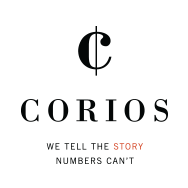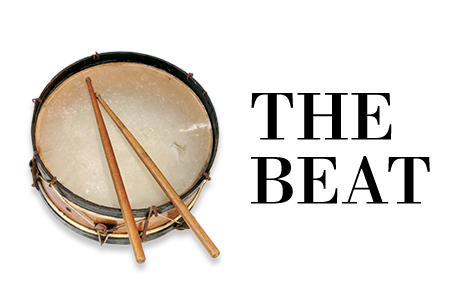Many of our clients and colleagues have enjoyed learning more about Corios Harmony, and the way we’ve produced superior financial returns for our clients by helping them anticipate their customers’ needs and putting the right offer in front of the customer at the right time.
But some of our most intrigued colleagues want to pull back the covers and understand the way we blend math and marketing in order to deliver these advantages, especially when they want to know whether the returns will be sustainable, or a flash in the pan. The great news is that unlike one-time technological efficiency gains, the benefits of applied analytics properly executed in the customer marketing context keep delivering the goods, year after year.
The purpose of this video is to share more of the details behind our approach with our colleagues who want to deep dive into the math and analytics, and we’re happy to oblige.
The story starts with the customer sales representative who needs to position the right offer to a customer and the best channel for interacting with that customer, in order to meet the customer’s needs and close the sale. Embedded in their CRM screen is diagnostic information, based on predictive analytics and optimized decisioning, that guides them to the best offer for each customer.
When hundreds of this sales representative’s clients perform the same activity all day long, it turns into measurable results at the line of business level. Business executives want to know which marketing and lead distribution strategies they should use to guide the activities of their sales and service reps. We take a look at the strategy dashboards used by the business executives to decide on the best marketing approach and then execute it in the field.
The rest of the story shows how the analytics were used to support the development of those marketing and sales strategies. In this case, our real-world client, on whose results this story is directly based, implemented these very strategies to add $7 million to their bottom line in only 2 months’ time.

